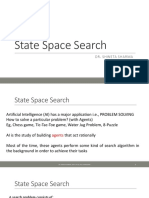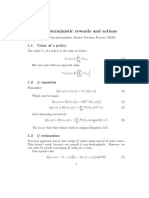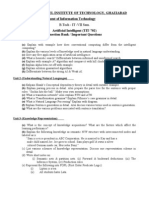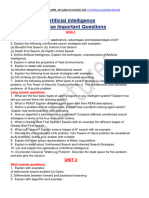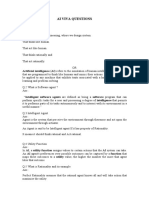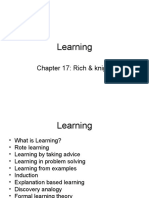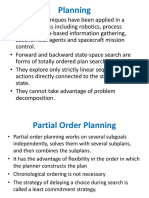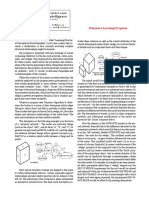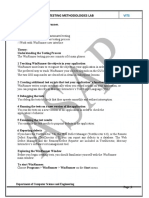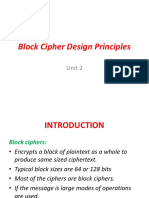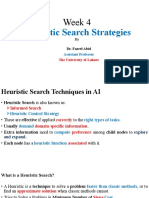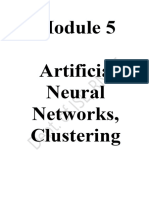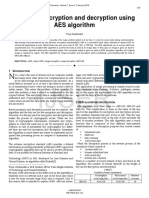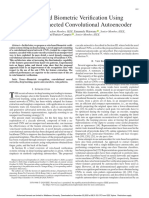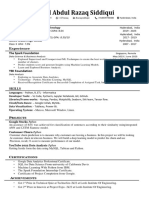0% found this document useful (0 votes)
1K views4 pagesAI Problem-Solving Process Guide
The document outlines a structured problem-solving approach for typical AI challenges, detailing steps such as problem definition, representation, search strategy selection, heuristics development, plan generation, optimization, learning, evaluation, and iteration. Each step is accompanied by goals, techniques, and examples to illustrate the process, particularly in the context of pathfinding in a maze. This systematic method aims to enhance the efficiency and effectiveness of AI problem-solving across various applications.
Uploaded by
Aniruddh KumarCopyright
© © All Rights Reserved
We take content rights seriously. If you suspect this is your content, claim it here.
Available Formats
Download as DOCX, PDF, TXT or read online on Scribd
0% found this document useful (0 votes)
1K views4 pagesAI Problem-Solving Process Guide
The document outlines a structured problem-solving approach for typical AI challenges, detailing steps such as problem definition, representation, search strategy selection, heuristics development, plan generation, optimization, learning, evaluation, and iteration. Each step is accompanied by goals, techniques, and examples to illustrate the process, particularly in the context of pathfinding in a maze. This systematic method aims to enhance the efficiency and effectiveness of AI problem-solving across various applications.
Uploaded by
Aniruddh KumarCopyright
© © All Rights Reserved
We take content rights seriously. If you suspect this is your content, claim it here.
Available Formats
Download as DOCX, PDF, TXT or read online on Scribd
/ 4
